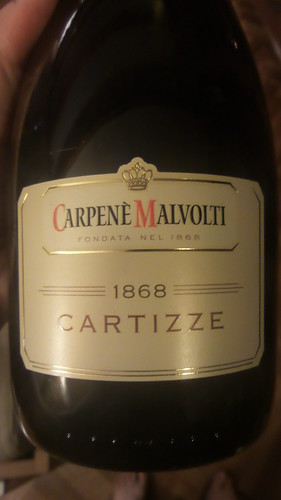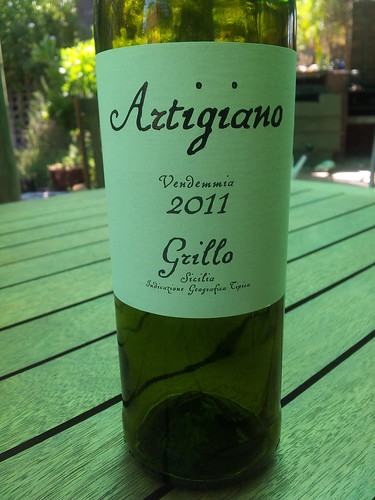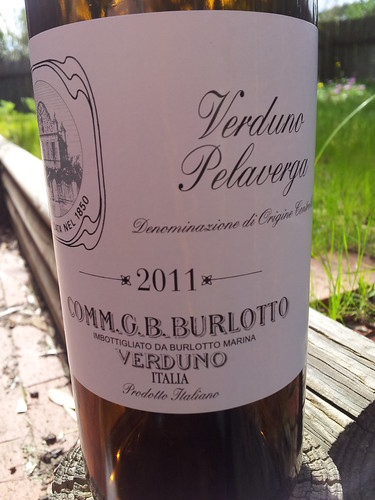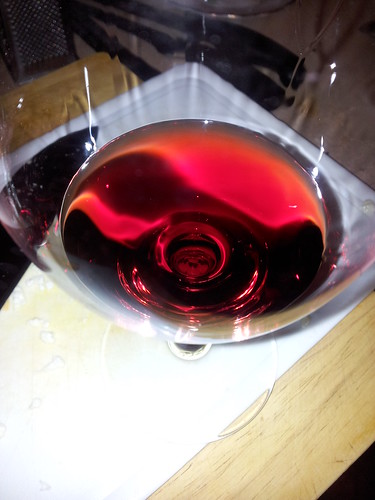Prosecco suffers from an image problem – even worse than that suffered by Cava, in my opinion. There are a lot of reasons for this – and the biggie is that because it’s a sparkling wine people immediately compare it with Champagne and Champagne it isn’t. Prosecco has a few different classifications in Italy – the most widely recognised is perhaps Prosecco di Valdobbiadene DOCG (promoted from DOC in 2009). You may also see Conigliano, Valdobbiadene-Conigliano or even Cartizze. Cartizze is a high vineyard of just over 100 hectares and is considered the granddaddy (or ‘grand cru’, if you will) of Prosecco.
Aside from being the classification, Prosecco is also the name of the grape which constitutes the bulk of what you will find in the bottle. However, to avoid ‘confusion’, the grape Prosecco was ‘renamed’ in 2009 to Glera. You will still see plenty of Australian sparkling wine made from Glera labelled … Prosecco.
Pretty pale straw in the glass, with fine, persistent bubbles. The nose is restrained but shows some fresh lemon and ripe pear. The palate is a little one dimensional – the pear is very apparent and a touch confected. Although the Carpenè Malvolti tasting notes indicate that this wine is dry you could be forgiven for thinking there’s a touch of residual sugar (RS) present. There are also floral notes and a slightly sherberty finish.
While the wine isn’t unattractive, it’s a touch short on acidity and doesn’t offer much in the way of complexity.
I’ve not been able to track down an Australian retailer for this particular wine but others from the same stable look to be around the $20 mark, which is fair, but not brilliant, value. Given the wine’s confected character, I’d recommend drinking this at afternoon tea, with a slice of lightly toasted pandoro, dusted in icing sugar. Or use it in a Bellini or Buck’s Fizz.
This wine really wasn’t my cup of tea – too much apparent sweetness (I’ve been unable to find the wine’s actual RS anywhere) and not enough savoury characters or complexity. This wine is less apéritif and far better suited to dessert than canapés.
Not readily available. This was a prize.
Cork.
11% abv.



